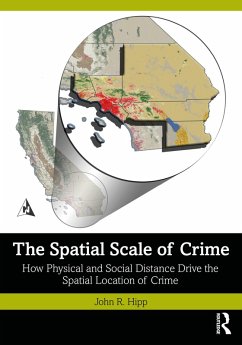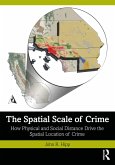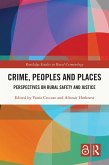A characteristic of many crime incidents is that they happen at a particular spatial location and a point in time. These two simple insights suggest the need for both a spatial and a longitudinal perspective in studying crime events. The spatial question focuses on why crime seems to occur more frequently in some locations than others, and the consequences of this for certain areas of cities, or neighborhoods. The longitudinal component focuses on how crime impacts, and is impacted by, characteristics of the environment. This book looks at where offenders, targets, and guardians might live, and where they might spatially travel throughout the environment, exploring how vibrant neighborhoods are generated, how neighborhoods change, and what determines why some neighborhoods decline over time while others avoid this fate.
Hipp's theoretical model provides a cohesive response to the general question of the spatial scale of crime and articulates necessary future directions for the field. This book is essential for students and scholars interested in spatial-temporal criminology.
WINNER of the 2023 James Short Senior Scholar Award!
Dieser Download kann aus rechtlichen Gründen nur mit Rechnungsadresse in A, B, BG, CY, CZ, D, DK, EW, E, FIN, F, GR, HR, H, IRL, I, LT, L, LR, M, NL, PL, P, R, S, SLO, SK ausgeliefert werden.









